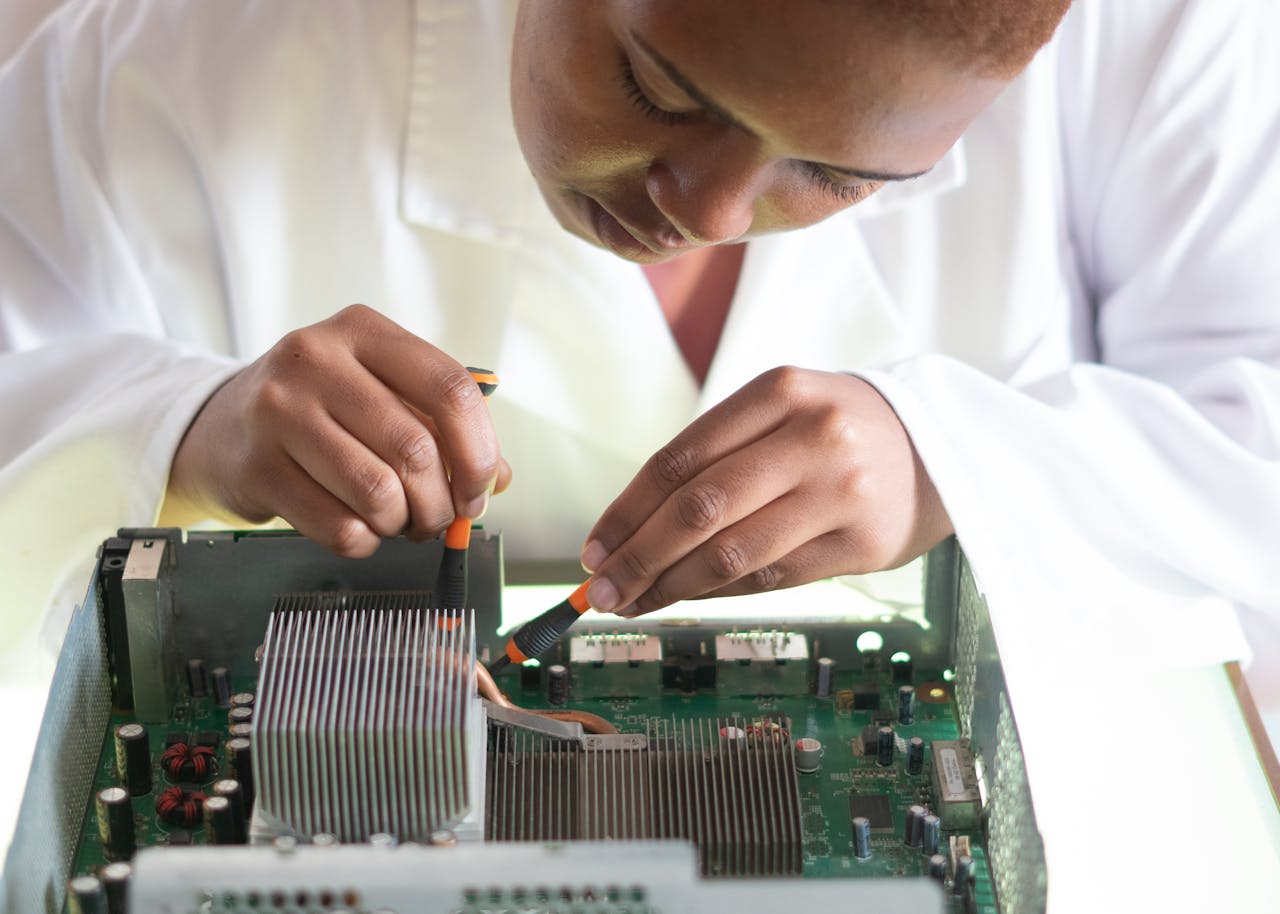The seamless operation of electronic devices is a necessity in the fast-paced digital world. This is especially true for industries that regularly engage in critical operations. Downtime in critical operations can lead to significant losses, endanger lives, and cause reputational damage that is hard to recover from.

This guide dives into the causes of device downtime and the best practices to prevent it, ensuring that your operations run smoothly.
Causes Of Device Downtime
Device downtime can stem from a variety of sources. Understanding these causes can help in developing strategies to mitigate downtime. Here are some common causes:
- Hardware Failures
The physical components of a device, such as hard drives, processors, memory, and power supplies, can fail due to wear and tear, overheating, or manufacturing defects. These failures can lead to partial or complete device downtime.
- Software Issues
Bugs, incompatibilities, or errors in software can cause devices to crash, freeze, or operate inefficiently, leading to downtime. This also includes the failure to update software, which can leave systems vulnerable to crashes or security breaches.
- Lack Of Maintenance
Failing to perform regular maintenance, such as cleaning dust from components, updating firmware, or replacing aging parts, can increase the likelihood of device failures, highlighting the importance of reliable services like phone and screen repair in Tucson and other areas.
- Cybersecurity Attacks
Malware, ransomware, and other forms of cyberattacks can disrupt device operations, either by directly damaging the system or by overwhelming it with traffic, as seen in distributed denial of service (DDoS) attacks.
- Human Error
Incorrect configuration, improper use, or accidental deletion of critical files by users can lead to device malfunctions or data loss, resulting in downtime.
- Power Issues
Power surges, outages, or inconsistent power supply can cause devices to shut down unexpectedly or become damaged, leading to periods of inactivity.
- Network Failures
Devices often rely on network connections to function correctly. Network outages or failures can isolate devices, rendering them unusable for their intended online functions.
- Environmental Factors
Extreme temperatures, humidity, dust, and physical impacts or accidents can damage devices or degrade their performance over time, potentially leading to failures.
- Overutilization
Pushing devices beyond their operational limits, either through excessive workload or insufficient cooling, can lead to performance degradation or failure.
Addressing the causes of device downtime is crucial to ensuring operational continuity, minimizing financial loss, and maintaining customer trust. It prevents productivity losses, data breaches, and reputational damage.

Preventing Device Downtime
Preventing device downtime in critical operations involves a strategic approach that addresses the multifaceted nature of device failures. Here’s a guide to help minimize downtime:
Step 1: Implement Proactive Maintenance
Regularly inspect and maintain hardware to catch and rectify wear and tear or other physical issues before they lead to failure. Include software updates in these check-ups to ensure all systems are running the latest versions. This practice also extends the operational lifespan of devices, contributing to better long-term investment returns.
Step 2: Strengthen Cybersecurity Measures
Protect against cyber threats with up-to-date antivirus software, firewalls, and encryption. Conduct regular cybersecurity training for employees to recognize and avoid phishing attempts and other cyber threats. Regular updates and patches are crucial for closing security vulnerabilities as they are discovered.
Step 3: Invest In Quality Hardware And Software
Opt for devices and components known for their durability and reliability. While initial costs may be higher, this approach reduces the likelihood of downtime and the need for frequent replacements. Quality investments ensure that operations can depend on stable and efficient device performance.
Step 4: Manage Workload And Capacity
Regularly review device and network load to prevent overutilization. Implement load-balancing techniques and scalable solutions to accommodate peak times without straining resources. Effective capacity planning ensures that systems can handle growth and peak demand periods without compromise.
Step 5: Ensure Power Supply Stability
Protect devices from power surges and ensure they have a consistent power supply, especially during outages, with uninterruptible power supply (UPS) systems. Regularly test and maintain these systems to ensure they’re always operational. This not only safeguards against data loss but also prevents hardware damage.
Step 6: Build A Redundant System
Design systems with redundancy in mind, allowing for a seamless transition to backup systems without disrupting operations. This includes having spare hardware on hand and duplicating critical data across multiple locations. Redundancy is your safety net, ensuring service continuity even under failure conditions.
Step 7: Optimize And Monitor Network Infrastructure
Ensure the network infrastructure is robust and can handle the demands placed on it. Use monitoring tools to detect and address network issues before they lead to device downtime. Proactive network management can preempt many issues that would otherwise escalate into operational crises.
Step 8: Train And Educate Staff
Ensure that all users are trained on the correct use and handling of devices. Emphasize the importance of following protocols and guidelines to minimize user-induced errors. Continuous education helps adapt to new threats and changes in technology, keeping the organization agile.
Step 9: Prepare For Environmental Challenges
Control the physical environment of devices to prevent damage from extreme temperatures, humidity, and physical impacts. Use adequate cooling systems, dust filters, and secure mounting solutions. Environmental monitoring can alert to conditions that exceed safe operational thresholds, allowing for swift corrective action.
Step 10: Establish Clear Procedures For Incident Response
Have a clear, documented process for responding to device failures, including who to contact, steps to diagnose the issue, and how to switch to backup systems if necessary. A well-practiced response plan minimizes downtime and restores operations quickly, mitigating the impact on the business.
Takeaway
Ensuring the seamless operation of electronic devices in critical sectors is imperative to prevent significant financial losses, safeguard lives, and protect reputational integrity.
Addressing the multifaceted causes of device downtime through proactive maintenance, cybersecurity measures, and staff training is essential for operational continuity. Mitigating the risks of downtime with these strategies enhances the reliability and efficiency of technology-dependent operations.